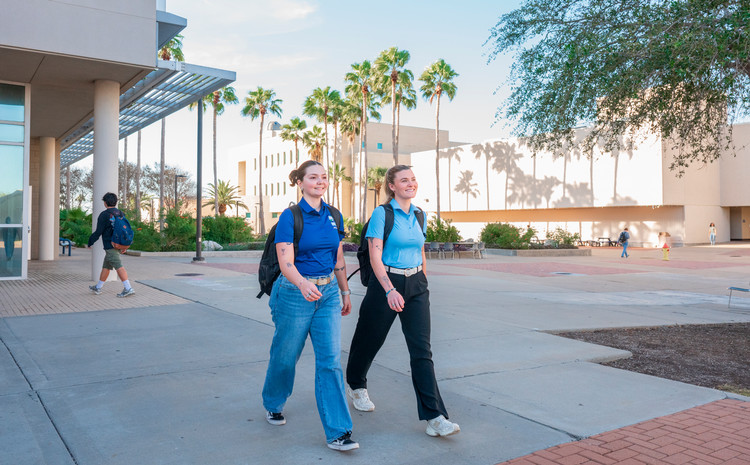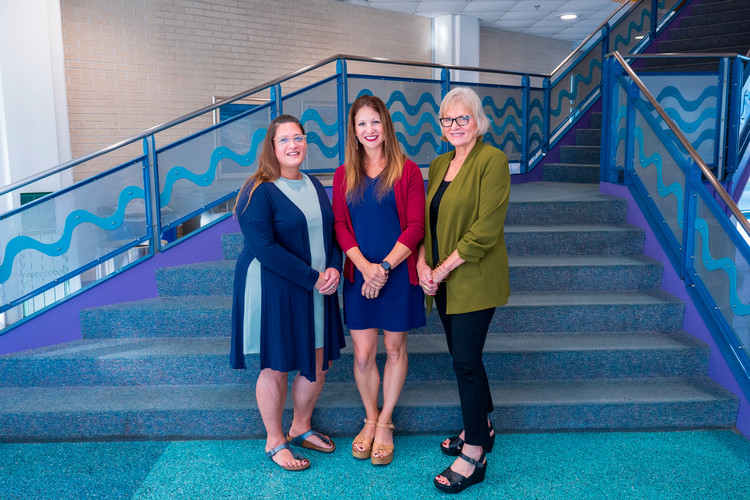Islanders Participate in International Competition: Invent for the Planet
CORPUS CHRISTI, Texas – Texas A&M University-Corpus Christi students raced against the clock during the “Invent for the Planet” competition – a 48-hour multidisciplinary contest held Feb. 15-17 in the I-Create Lab at the Mary and Jeff Bell Library. Thanks to modern technology, Islanders worked in tandem with students from 37 other universities in over 22 countries and 16 different time zones to tackle some of the most challenging issues facing the planet today. Islander students were given two important themes: improving
“Invent for the Planet is a prime example of how a culture of innovation can take place in multiple disciplines between departments, cities, states, and countries,” said Sharmeen Ahmed, research and commercialization analyst with the Division of Research and Innovation at A&M-Corpus Christi. “This whole experience gave our students from different majors and backgrounds the opportunity to work together to invent a solution to a global problem.”
The competition
“We chose for the modules to vibrate instead of
When the second team, Elite Innovation, discovered that many elderly people suffer from chronic dehydration, they decided to create a smart water bottle – called Aqua Tracks – with LED lights that
“When I initially saw the advertisement for
Again, on night two, the students left after midnight. They returned at 7:30 a.m. on Sunday morning to finalize their projects before presenting their proposals in front of the judges at 2 p.m.
“The long hours show the true commitment these students had to their projects,” said Ahmed. “It shows their entrepreneurial mindset and innovative spirit.”
Ultimately, the judges choose the “Roamers” as the group to move on to the next stage. The Islander Inventors won a cash prize of $1,000, and Elite Innovation, with Aqua Tracks, won a cash prize of $750 to divide amongst the team. The winning group is now tasked with recording a 10-minute presentation and submitting it to Microsoft Teams Environment. The top five teams from around the world will then be announced on March 8, and each of these teams will be invited to the final competition to be held at Texas A&M University in College Station in April. Global winners will be awarded $3,000 for first place, $2,000 for second place, $1,000 for third place.
Special thanks to the judges for the A&M-Corpus Christi competition:
- Morgan Bender, owner of Homestead Senior Living
- Dr. L.D. Chen, Associate Dean of the College of Science & Engineering
- Dr. David Gurney, Associate Professor of Media & Communication
- Dr. Ahmed Mahdy, Vice President for Research and Professor of Computer Science
- Dr. Sabeen Syed, Pediatric Gastroenterologist at Driscoll Children’s Hospital




















































































